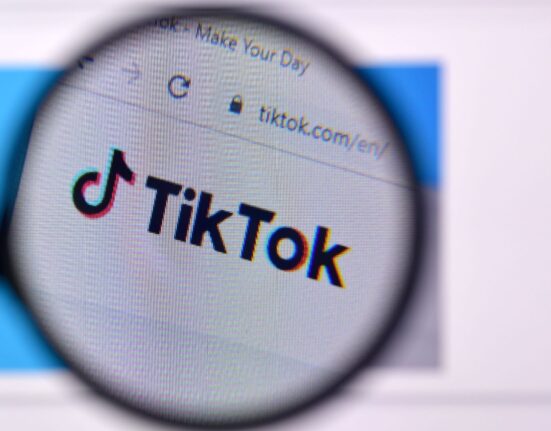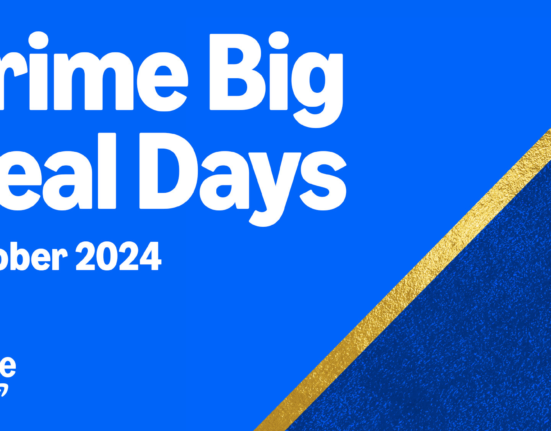Google Shopping ads are a powerhouse for generating revenue, but to unlock their full potential, effective bid management is essential. Whether you’re part of an in-house team or working at an agency, knowing how to fine-tune your bidding strategy is the key to scaling your campaigns and achieving sustainable profitability.
With rising costs and an evolving ads ecosystem, the competition on Google Ads is fiercer than ever. To stay ahead, brands need to leverage the right strategies, tools, and insights. In this edition, we’ll break down everything you need to know about Google Shopping bid management— from the auction model to new campaign types and bidding tactics that drive better ROI.
The Google Shopping Auction Model & Its Influence on Bids
Google Shopping campaigns work differently than standard Search ads. There are no keywords involved; instead, Google relies on your product feed data to determine which ads show up. So, managing bids effectively requires understanding the key factors that influence auction results.
The Role of Quality Score in Google Shopping
Unlike Search campaigns, Quality Score in Google Shopping focuses on these critical aspects:
– Product Feed Quality: Titles, descriptions, and attributes should be accurate and aligned with what users are searching for.
– Accurate Categorization: Proper product classification ensures your ads reach the right audience.
– Optimized Landing Pages: Ensure fast-loading, mobile-friendly pages with relevant product details to reduce bounce rates.
Pro Tip: A well-optimized product feed combined with smart bidding ensures your ads appear more often—and at a lower cost per click.
Crafting a Strategic Bidding Approach
When it comes to managing Google Shopping bids, businesses can choose between manual or automated bidding strategies. Each has its own pros and cons, depending on your goals, budget, and campaign size.
Manual Bidding
If you prefer control over every aspect of your campaign, manual bidding allows you to:
– Adjust bids based on individual product performance.
– Lower bids on underperforming products while boosting budgets on higher-performing ones.
Automated Bidding
For larger product catalogs or campaigns with inconsistent performance data, automated bidding can be a game-changer. Strategies like Maximize Conversion Value or Target ROAS (Return on Ad Spend) use machine learning to adjust bids in real-time, helping you focus on your business goals.
Google offers two automated strategies for Standard Shopping campaigns:
– Maximize Clicks: Focuses on getting the most clicks within your daily budget.
– Target ROAS: Aims to achieve a target return on ad spend while maximizing conversion value.
Performance Max campaigns also provide additional flexibility with these bidding options:
– Maximize Conversions: Prioritizes the highest possible number of conversions within your budget, regardless of their value.
– Maximize Conversion Value: Focuses on generating the most conversion value within your daily budget.
Bidding for New Customers
Google Ads now gives you the option to differentiate your bids for new and existing customers. You can choose to bid higher for new customers or even bid exclusively for them. This feature helps brands strategically allocate ad spend toward customer acquisition, increasing the lifetime value of their audience.
Mastering Google Shopping bid management is a continuous process that requires balancing product feed optimization with smart bidding strategies. Whether you prefer manual control or lean toward automated strategies, the key is to stay aligned with your business objectives and adapt as market conditions change.
Should You Bid Higher for New Customers?
For businesses that rely on repeat customers, bidding higher for new customers may be a smart move. While acquiring new customers can be more expensive upfront, the lifetime value (LTV) of these customers often justifies the cost. This approach ensures you’re investing in new buyers who are likely to make future purchases, creating incremental revenue over time.
However, for high-ticket products or items with long purchase cycles (like furniture or appliances), a different approach might work better. In these cases, you may want to select the ‘bid for new customers only’ option to prioritize acquiring new customers without spreading your budget across existing ones.
Ultimately, choose a customer acquisition strategy that aligns with your business model and goals.
Segmentation and Granularity in Bidding
Effective bid management requires granular segmentation of your campaigns and ad groups. A well-segmented structure allows for precise bid control, ensuring that your ad spend aligns with the performance of individual products or groups.
- Product-level bidding: Instead of setting bids at the campaign or ad group level, product-level bidding lets you adjust bids based on each product’s performance. High-converting products can receive higher bids, while underperforming products should have their bids reduced.
- Segment by profit margin or price point: Grouping products based on their profit margins or price points enables better control over ROI. For example, high-margin products can justify higher bids since they generate more profit per sale.
With the right approach, you can outbid competitors, keep costs in check, and drive sustainable growth from your Google Shopping campaigns. Happy bidding!











Leave feedback about this